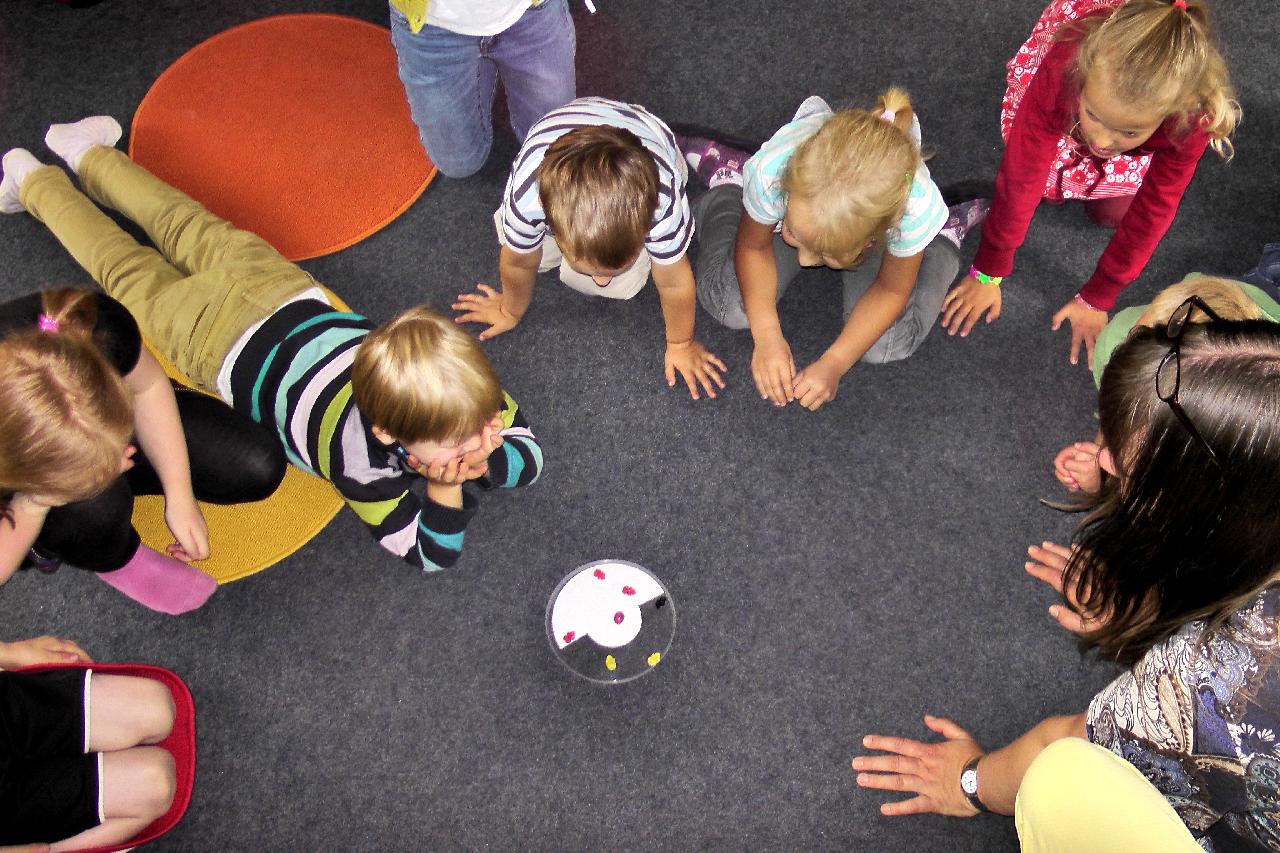Teachers used to call it “circle time” or they would invite the class to, “Come to the rug.” Now they say, “Let’s go into breakout rooms so you can tell your friends something you did this weekend.” However you introduce it, we in the psych biz call this “checking in.”
I am a first class, A+, gold medal winner at checking in. I was the annoying girlfriend leaning back in the subway once a season announcing an impromptu State of the Union: “So, how are we? What are we doing here?” [WHY did he marry me?] And I am the pesky therapist who brings up that forgotten goal from weeks ago and asks, “So, how’s that going?” And I strive to be the mom who stops dicing onions and looks my kid in the eyes and asks, “So, is this working for you?”
The Checking-In Baton is one I wish to pass on to families because it works to improve functioning, flow, and satisfaction, and reduces the potential for resentments and unpleasant surprises (such as learning your partner has been mad at you for a week, or that your teenager has been expecting you to read his mind for the past two days). Corporations have learned that it helps morale and business growth when the week is bookended with check-ins. Teachers have learned that circle time promotes camaraderie and improves productivity. Your family can benefit from this simple genius too.
How does checking in help?
- Promotes team building and connection
- Improves compliance because children are working for a team of individuals that they know well and that, in return, knows them well
- Increases empathy
- Increases confidence because you are listened to and accepted simply because you are a member of the group
- Teaches and provides practice time for active listening: listening with intention, giving nonverbal responses, asking the speaker to “say more about…”, and periodically repeating the words of the speaker to show understanding
- Provides modeling of expressing yourself and empathizing with others
- Gives us information about others that we may not have had otherwise
- Gives us information about ourselves – insight – that we may not have uncovered had we not been asked to think aloud and share
- Helps solve personal and interpersonal problems
- empowers each individual
- improves sense of fairness
- earns compliance
- helps reach compromise
- Serves as a review of the day. Some children, especially those who are struggling interpersonally with one or more family members, tend to under-emphasize or “forget” their contributions to the dynamics at home. For these children, a daily review can be uncomfortable but impactful.
How should we check in?
We’re accustomed to asking people how their day was upon reuniting at the end of it. This is a mini check-in. You’re already doing it! But this only works if the questioner wants to know the answer (sometimes doubtful) and if the responder has the space and attention demanded by a momentary stage (this is where the eye contact and onion dicing cessation comes in handy).
We are not as well-practiced in asking our family members how something is, rather than how it was. But here’s the deal: asking “How is this arrangement we have here? How are we doing?” are questions that lead more directly to emotional intimacy, i.e. you know me and I know you.
During quarantine, we are not separating from one another and reuniting as much as we used to, which makes checking in even more scarce. And because of all of this together time (insert two thumbs up here and a “Woot Woot!”), checking in about how things are is even more important. It sounds like this: “Is the alarm set-up working for you or should we go back to the old way? How are we doing with the 3-chore challenge? Now do you feel like your sister understands your complaint? Is it most helpful when I stay close by or when I leave the room? How do you feel about you and me today; how are we?”
Specific Frameworks for Checking In
- Ask Questions. How are we doing? How is this working? What is our shared vision? How can we make this better?
- CCS. Each member states a Compliment or Complaint relevant to the whole group or an individual in the group. If they choose a complaint, then the group discusses possible Solutions.
- Roses, Thorns, and Rosebuds. Each person shares the best part of their day, the worst, and something they are looking forward to.
- Grade Family Functioning. Each family member gives a grade for the family’s functioning today, and provides a rationale for that grade. Use an analogy that works for your family. When I’m working with families, I introduce the concept of the “family machine” with all of its individual parts that must cooperate for the machine to run. A share might sound like this: “I’m giving the team a B today. I loved how all of you took care of yourselves and your own school work, and asked for help when you needed it. But I was disappointed by a lot of complaining when I asked for us all to go on a walk before dinner. And after dinner I had to ask for help with clean-up, instead of people helping on their own. But you all helped when I asked, so, I’m giving us a B.”
Checking in with children and partners-in-parenting is essential to healthy family functioning. Not only does it help us continually tweak the system to make it better, but it also helps us feel closer and more understood; it builds the connections that cushion our falls when we struggle with one another; it provides natural and excellent instruction in how to share and to listen; and it offers clear modeling for our children for their future relationships. Try it! And then I will stop dicing, make fantastic eye contact, and ask how it’s working for you.
Dr. Carrie King is a psychologist who works with children, teens, families, and young adults in California and New York. Read more by her at: https://drcarrieking.com/blog


